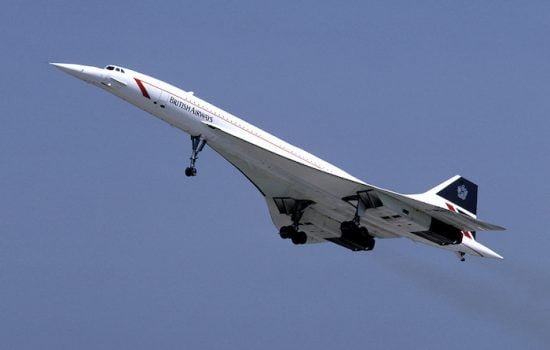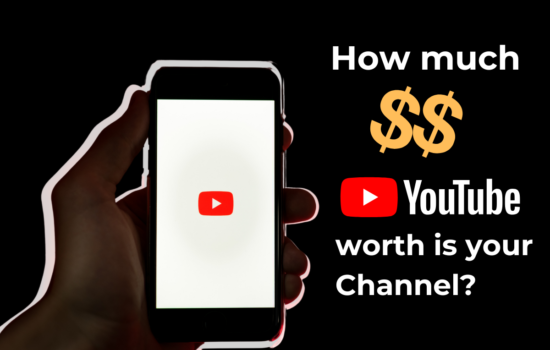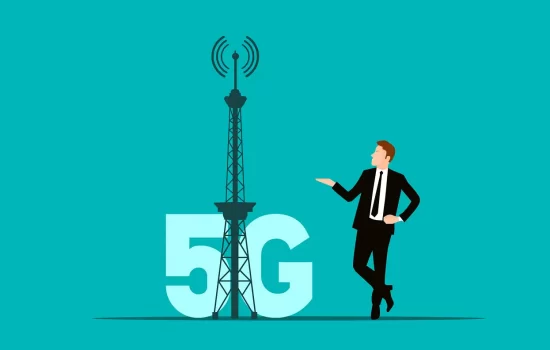Table of Contents
5G is already available in the US and many other countries now. But there is a lot of confusion related to various 5G networks that we are seeing with various carriers such as 5G UW, 5G UC, and 5G Plus. Unlike we thought there would be only one 5G but there are too many why? Let’s dig more into 5G to understand this.
Introduction
All the radio devices transmitted data in the form of waves also known as radio waves. The speed at which these waves transmit data is called frequency. Which is measured in Hertz. which is 1x per second.
Thus Kilo Hertz is 1000x/ second, Mega Hertz is Million times per second and Giga Hertz is Billion times per second.
Just understand this more the frequency, the lesser the geographical coverage and the lesser the frequency more the geographical coverage. We can understand this as Higher Frequency cannot travel long distances but lower frequencies can. And this is the basis for why we have so many 5Gs today.
5G Band Divison :
There is a very limited band available for radio magnetic waves. And if it is not regularized then any radio waves can transmit data at any frequency which will cause interference and disturbance in the communication. Thus various radio devices are allotted various slots of frequencies to function.
Without getting more into technical stuff that would sound overwhelming, we can understand it simple. 5G frequencies are broken down into three groups, i.e, Low band (500 MHz – 2 GHz), Mid band (2 GHz – 6 GHz), and High band (24 GHz – 100 GHz) also referred to as Millimeter Wave.

Low Band 5G
5G network that runs below the frequency of 2 GHz is referred as Low Band 5G. This is the same range that we usually see with 4G LTE also referred as LTE nowadays.
Some examples of Low Band 5G services in United States are
- AT&T uses 850 MHz for its 5G Service that it refers as 5G
- T-Mobile uses 600 MHz frequency for its 5G Service which it refers to as Extended Range 5G. And symbolically shown as 5G on the mobile device.
- While another carrier, Verizon uses all of the LTE bands for 5G service such as 850, 900, 1700 and 2100 MHz. The company refers to it as Nationwide 5G symbolically as 5G with Verizon symbol on it.
Note that although the company is using the same frequencies that it used earlier for LTE services. The speed of 5G services will be faster than LTE. Because it’s the technology that makes the network faster not just the frequency.
Pros of using the Low Band 5G are that these low frequencies are good at travelling high distances, are more reliable and cover large geographical areas. But the Cons of low frequency 5G networks are that they are not fast as super speed 5G networks. That everyone is talking about.
Mid Band 5G (Sub 6 which means below 6 GHz)
Mid band is refereed to frequencies between 2 GHz to 6 GHz. And as the name suggest, It is above the Low Band 5G but below the High Band 5G.
Some examples of High Band 5G services in United States are
- AT&T uses 3.5 GHz frequency for its 5G service that it refers as 5G Plus (5G+).
- T-Mobile uses 2.5 GHz frequency for 5G that it refers as Ultra Capacity 5G (5G UC)
- Verizon uses 3.5 GHz frequency that it calls as Ultra Wideband 5G (5G UW)
Definitely it is a lot faster than the low band 5G network.
High Band 5G (Millimeter Wave)
High Band 5G are referred to as 5G networks that are of frequencies higher than 6 GHz. It is also known as a Millimetre-wave. Because the wavelength of High Band 5G radio waves are in millimetres while the low band and mid-band wave wavelength are in centimetres.
High Band 5G are the fastest 5G network that has created noise all around.
Here are some examples of High Band 5G network in United States
- AT&T uses 39 GHz for High Band 5G service
- T-Mobile and Verizon uses 28 GHz and 39 GHz as their High Band 5G service
There is no change in the names of Mid band and High Band 5G network means AT&T, Verizon and T-Mobile still says it is 5G Plus, Ultra Wideband 5G (5G UW), Ultra Capacity 5G (5G UC)
But the cons of High Band 5G are the shorter coverage and low penetrating capabilities. High band 5G that works on High Frequency which has lower coverage is only good for a dense area, unlike other bands.
What is 5G UC, 5G UW and 5G Plus?
5G UC, 5G UW and 5G Plus are nothing but the names denoted by various mobile service providers for their 5G services for Mid and High band 5G services. Verizon has named 5G UW, AT&T has named 5G Plus and T-Mobile has named 5G UC.
Conclusion
Different names that refer to 5G such as 5G, 5G Plus, 5G UW, and 5G UC are all the names referred by different carriers to its 5G network that works on respective low, mid and high 5G bands.
Hope you liked the article? Also check out the basis of 5G network














